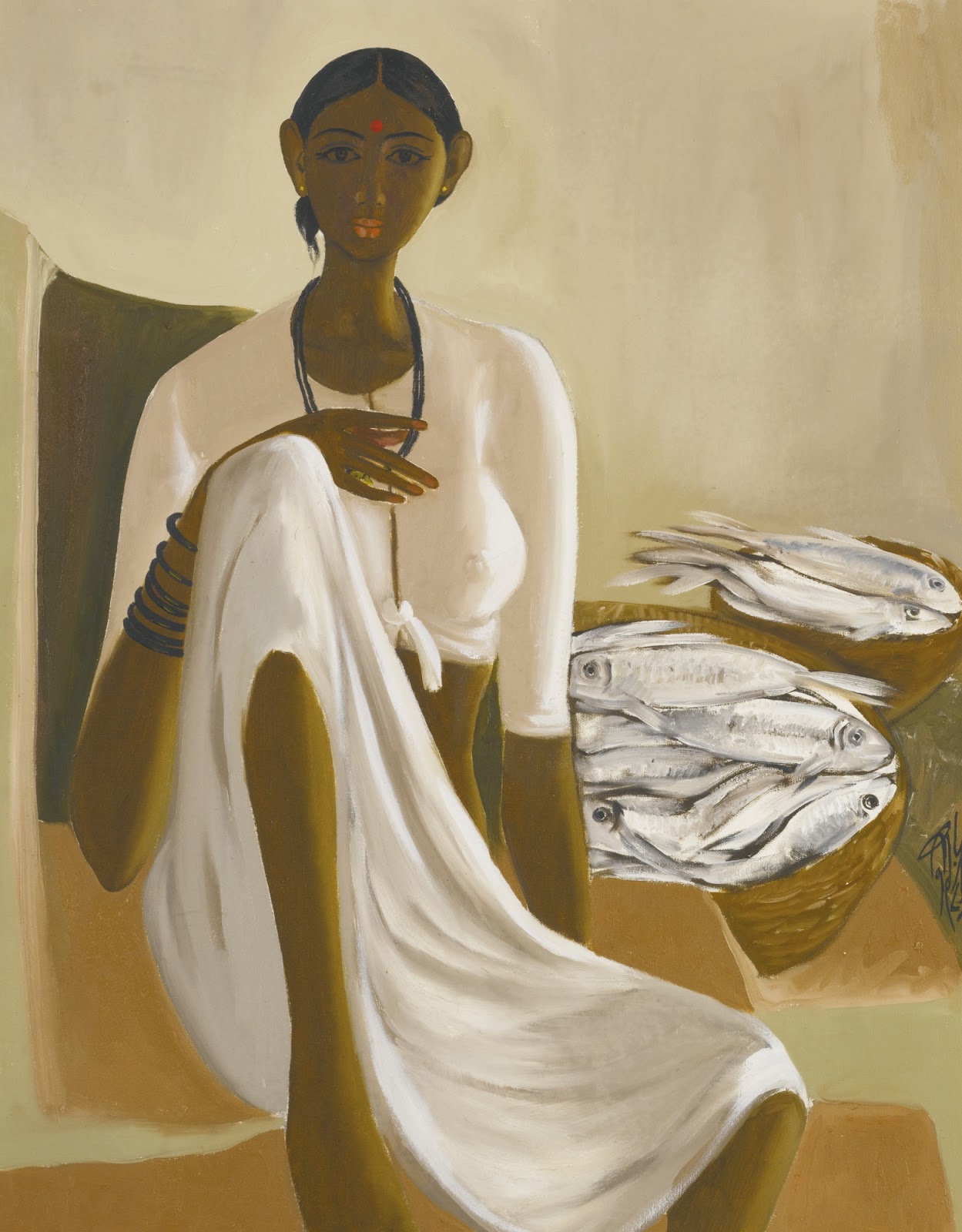Émile Vernet-Lecomte, born Charles Émile Hippolyte Lecomte (1821-1900) was a French painter, best known for his Orientalist works.
He came from a family of illustrious painters.
His great-grandfather was Claude Joseph Vernet and his father was the battle painter, Hippolyte Lecomte; who was himself the son-in-law of Carle Vernet, and the nephew of Horace Vernet.







